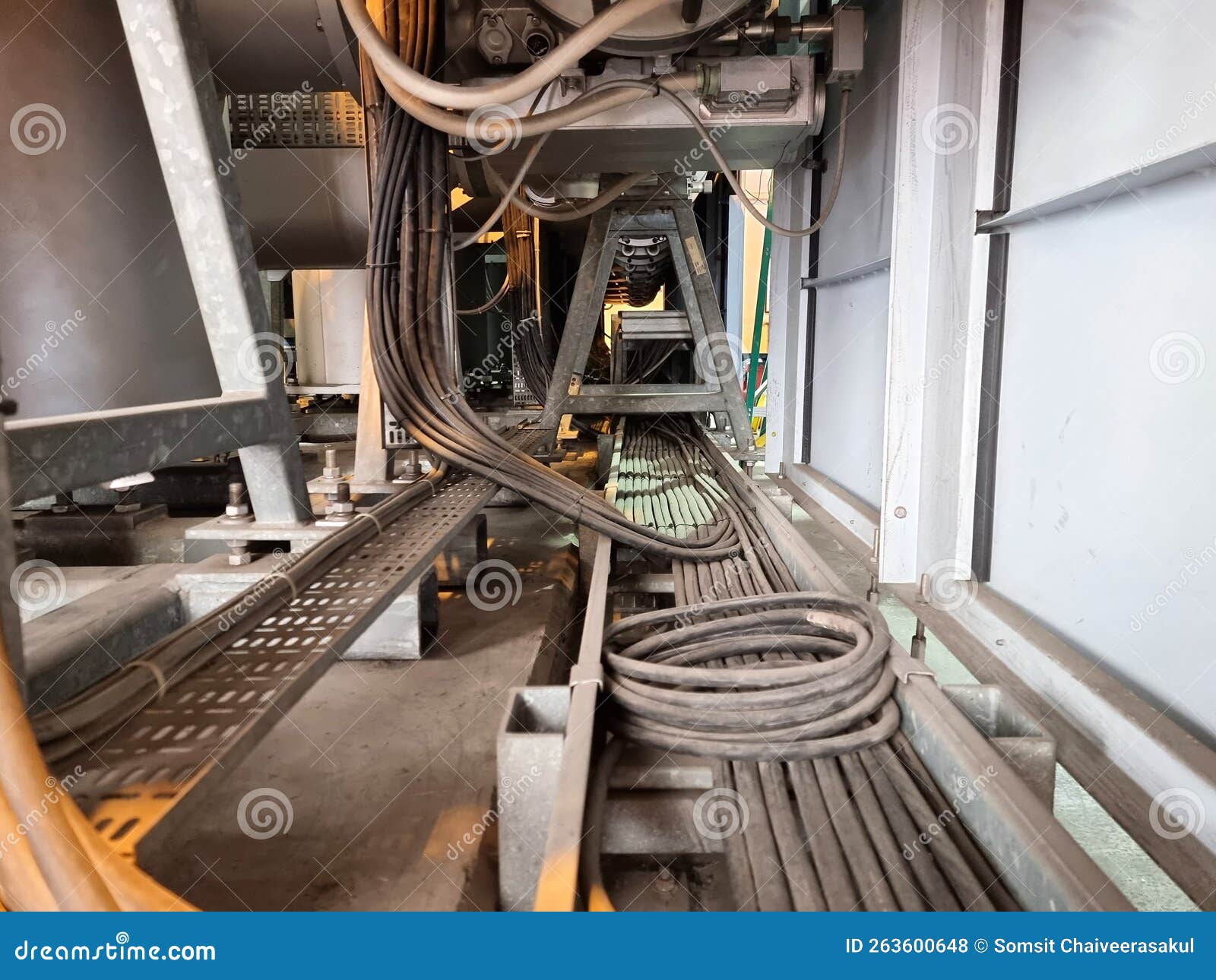Accordingly, it is preferable that the melt index is 0.01 to 5 g/10 minutes. When the melt index of the polyoxymethylene is lower than 0.5 g/10 minutes, moldability deteriorates because there is a necessity to heat the polyoxymethylene to nearby a temperature of the thermal decomposition. Accordingly, it’s preferable that the melt index is 0.5 to 5 g/10 minutes. Accordingly, it’s preferable that the melt index is at the least 0.1 g/10 minutes. When the melt index is more than 5 g/10 minutes, there is a tendency that bending energy, impression resistance and abrasion resistance deteriorate. The type II has a polymerization degree higher than the sort I, and is excellent in stress-cracking resistance. The polyoxymethylene is excellent in abrasion resistance and has a low abrasion coefficiency. The polyoxymethylene also has properties resembling low stickslip under a high load and improves the operationability of a control cable. Also, it may be seen that the control cable produced in Comparative Examples, during which organopolysiloxane was contained solely within the thermoplastic resin of the internal coat, has low sturdiness.
 Also, when the melt index is too large, the polybutylene terephthalate lacks toughness and cracks are generated within the internal coat, and the liner is commonly damaged when the inside coat is rapidly bent within the assembling process of a control cable. The variety of the strands used in the internal cable 1 and the variety of the steel wires used in the strand usually are not significantly restricted, and conventionally recognized various combination thereof will be employed. The tetrafluoroethylene perfluoroalkylvinyl ether copolymer and the tetrafluoroethylenepentafluoroproylene copolymer will be employed in an extrusion molding by heating to melt. The tetrafluoroethylene-hexafluoropropylene copolymer is prescribed in ASTM D 2116, and has 4 types, i.e. Type I to Type IV. Representative examples of the type III are, as an illustration, Teflon FEP160 commercially obtainable from DUPONT-MITSUI FLUORO CHEMICALS CO., LTD., and the like. Representative examples of the type II are, as an illustration, Teflon (Registered Trademark) PFA 340-J commercially obtainable from DUPONT-MITSUI FLUORO CHEMICALS CO., LTD., and the like.
Also, when the melt index is too large, the polybutylene terephthalate lacks toughness and cracks are generated within the internal coat, and the liner is commonly damaged when the inside coat is rapidly bent within the assembling process of a control cable. The variety of the strands used in the internal cable 1 and the variety of the steel wires used in the strand usually are not significantly restricted, and conventionally recognized various combination thereof will be employed. The tetrafluoroethylene perfluoroalkylvinyl ether copolymer and the tetrafluoroethylenepentafluoroproylene copolymer will be employed in an extrusion molding by heating to melt. The tetrafluoroethylene-hexafluoropropylene copolymer is prescribed in ASTM D 2116, and has 4 types, i.e. Type I to Type IV. Representative examples of the type III are, as an illustration, Teflon FEP160 commercially obtainable from DUPONT-MITSUI FLUORO CHEMICALS CO., LTD., and the like. Representative examples of the type II are, as an illustration, Teflon (Registered Trademark) PFA 340-J commercially obtainable from DUPONT-MITSUI FLUORO CHEMICALS CO., LTD., and the like.
With respect to Examples 12 to 15 and Comparative Examples 12 to 14, in accordance with a paste-extrusion methodology, 18 parts by weight of kerosene was added to 100 elements by weight of polytetrafluoroethylene powder (average particle dimension 25 .mu.m) and kneaded to offer paste, and the paste was extruded underneath excessive pressure to provide a tube. When the paste-extrusion methodology is employed, it is preferable that paste is prepared by including kerosene to polytetrafluoroethylene powder and kneading them, the paste is extruded to provide a tube underneath high stress and a stranded steel wire is coated with the tube, and after that, the stranded steel wire is dried and baked in a furnace reminiscent of an electric furnace. In order to enhance the adhesion property between a steel wire and the polyphenylene sulfide, it is preferable that the steel wire is beforehand coated with an acceptable primer. The armor layer 5 (outdoors diameter: 8.60 mm, inside diameter: 6.00 mm) is produced by intently coiling a steel strip having a square form (thickness: 1.30 mm, width: 2.40 mm) in a bit on the liner spirally. The conduit 2 is composed of an armor layer 5 and a protecting layer 6 of a artificial resin similar to polypropylene.
As the physical properties of the control cable, load effectivity was measured in accordance with the following technique. Accordingly, when an inner coat is produced from the polytetrafluoroethylene, so-referred to as a paste-extrusion method is employed. The interior coat three of which thickness is about 0.35 mm is coated on the skin surface of the internal cable 1. The skin diameter of the interior coat three is 3.7 mm. A load cell 14 was related with the inside cable 1 on the way in which at the input side, and another load cell 15 was connected with the inner cable 1 on the best way at the out put aspect. In the formula, F denotes a price of a load cell at the enter end and W denotes a price of a load cell on the output finish. Before you pull the outdated cable out of the boat, attach a messenger line at the steering wheel finish.